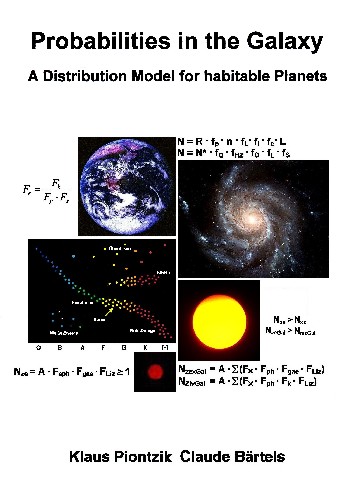| The biological
convergence theory is based on the assumption that
many similar functionalities have arisen in evolution,
independently of one another, through the functional
constraints prevailing on the earth. Examples are the
wings or the eye, both of which have been independently
developed by several species. Simon Conway Morris is a British palaeontologist. He is the principal representative of the theory of convergence in evolution and the opinion that life is stable because nature has provided the framework for it, and life inevitably follows the selective-adaptive rules. Therefore evolution must necessarily arrive at an intelligent species. The development to complexity and intelligence is almost a program part within evolution.
The
development to complexity and intelligence would have to
take place on every planet on which this is possible.
Furthermore, it may be assumed that there is a certain
similarity even in the case of different developmental
strands. All species will thus have the following body
parts:
Thus it is to be assumed that most intelligent species have developed a humanoid-like shape. |

|
176 sides, of them 64 in Color 76 pictures 11 tables Production and publishing: Books on Demand GmbH, Norderstedt ISBN 9-783-7528-5524-1 Price: 22 Euro |
|